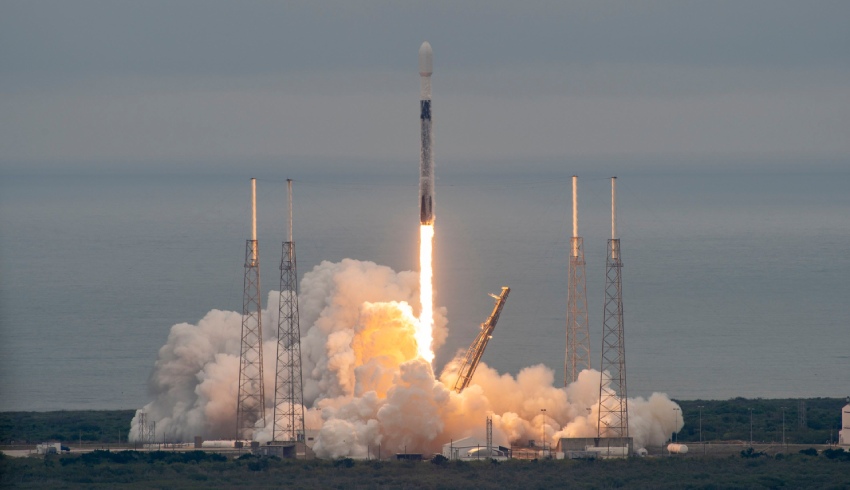ASX-listed Kleos, a space-powered radio frequency reconnaissance data-as-a-service (DaaS) company launched the Patrol Mission (KSF2) satellites on 1 April onboard the Transporter-4 SpaceX mission from Cape Canaveral in Florida.
It marked SpaceX’s fourth rideshare program mission, which allows governments, researchers and private companies to send small objects into space in a conjoined launch, with prices starting from $1 million.
The Patrol Mission satellites increase Kleos’ global data coverage capacity by 119 million square kilometres per day, and this enables the geolocation of X-band radar transmissions in the 8500-9600 MHz range.
The satellites will also revisit key areas of interest for the customer more frequently, improving overall coverage.
The Italian D-Orbit orbital transfer vehicle carried the satellites and deployed them into a 500-kilometre sun-synchronous orbit, and the launch has now boosted Kleos’ constellation to 12.
Kleos CTO Vincent Furia said, “Each of our new clusters feature greater data collection and geolocation capability.”
“The additional X-Band geolocation capability will provide greater consistency and accuracy for customers, enabling them to locate ships that are emitting X-Band radar signals such as those that might be involved in illicit activities and evading automatic identification systems (AIS).”
Unlike its previous Scouting Mission and Vigilance Mission, which focused on mid latitude collections including the South China Sea, the Patrol satellites will provide global coverage, according to Furia.
“Additional clusters increase not only the volume of geolocation data available for our customers to purchase, but also its value in establishing baseline patterns of life and improving the detection of illegal activity such as drug and people smuggling, border security challenges and piracy.”
After deploying the satellites from the orbital transfer vehicle, satellite builder Innovative Solutions In Space (ISISPACE) will assist with the Launch and Early Operation Phase (LEOP) Support.
This means the Netherlands-based company will support in-orbit system commissioning and final maneuvering of the satellites into their operational formation, says Kleos.
“X-Band maritime radar is commonly used for collision avoidance onboard ships even when tracking systems such as Automatic Identification System (AIS) are turned off,” the company said.
Kleos is set on launching a constellation of up to 20 satellite clusters, and its fourth, the Observer Mission, is scheduled to launch in the middle of 2022.

Isabella Richards
Bella Richards is a journalist who has written for several local newspapers, her university newspaper and a tech magazine, and completed her Bachelor of Communications (Journalism) at the University of Technology Sydney in 2020. She joined Momentum Media in 2021, and has since written breaking news stories across Space Connect, Australian Aviation and World of Aviation.
You can email Bella on: [email protected]

